Development and Use of the Atomic Bomb
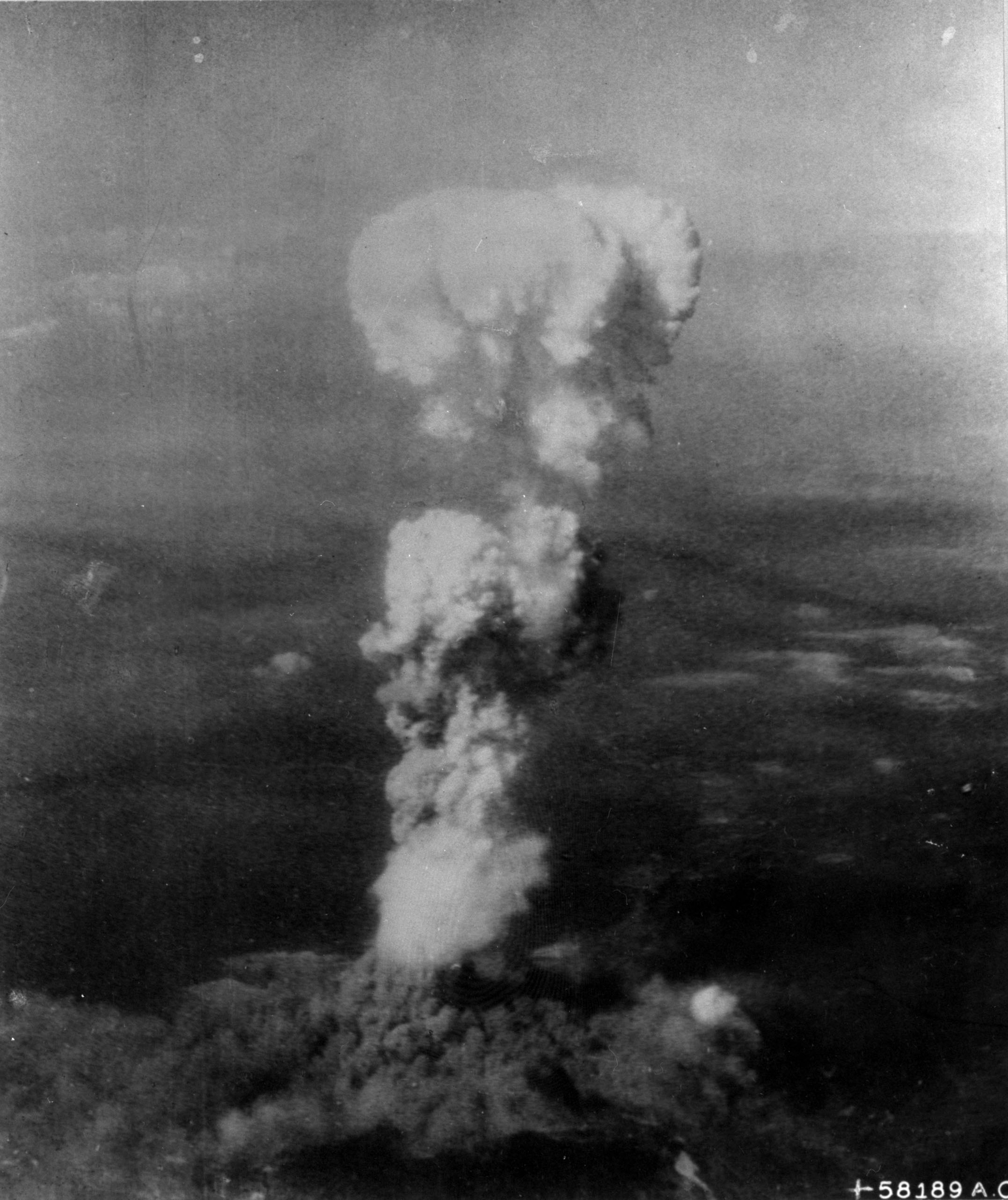 Mushroom cloud after the atomic bombing August 6, 1945 Courtesy of U.S. National Archives and Records Administration
Mushroom cloud after the atomic bombing August 6, 1945 Courtesy of U.S. National Archives and Records Administration
In June 1942, the United States launched a top-secret A-bomb development program that later came to be known as the Manhattan Project.
As development proceeded, the United States began exploring the use of the bomb against Japan. Target cities were selected on the basis of size and other factors, including topography that would increase blast damage. The United States believed that ending the war with an atomic bombing would help prevent the Soviet Union from extending its sphere of influence. It would also help the U.S. government justify to the American people the tremendous cost of atomic bomb development.
After conducting a test in July 1945, the United States dropped the world’s first combat atomic bomb on Hiroshima at 8:15 AM on August 6, 1945. Three days later, at 11:02 AM on August 9, the second atomic bomb detonated over Nagasaki.
- Location
 East Building third floor 5 The Dangers of Nuclear Weapons
East Building third floor 5 The Dangers of Nuclear Weapons
5 The Dangers of Nuclear Weapons
The Menace of the Atomic Bomb

October 5, Photo by Shigeo Hayashi
A nuclear chain reaction releases an enormous amount of energy in an extremely short period of time. The energy is released as heat, blast, and radiation. The atomic bomb was developed to utilize this energy as a weapon.
The complex interaction of heat, blast, and radiation emitted by the atomic bombs dropped on Hiroshima and Nagasaki caused tremendous damage.
No conventional weapon releases nuclear radiation. The radiation unique to atomic bombs inflicts severe damage on human bodies.
Developing the Atomic Bomb
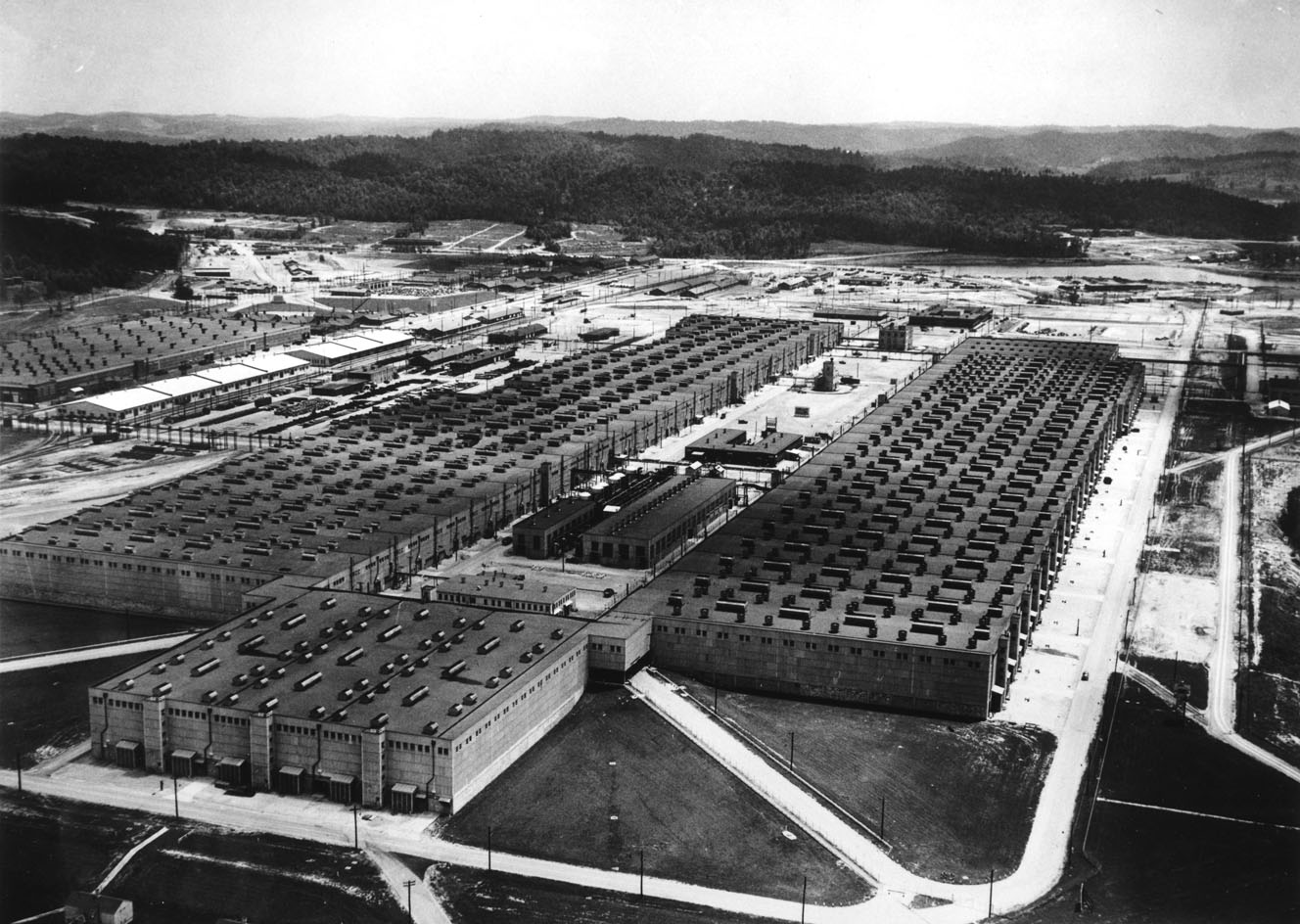
Uranium enrichment plant
Oak Ridge, Tennessee, U.S. Courtesy of Pacific Press Service
When World War II began in 1939, at the urging of scientists who feared an atomic bomb development by Germany, the United States began studying the theoretical feasibility of such a bomb.
In the United Kingdom, the MAUD Committee reported in July 1941 that it would be possible to make an atomic bomb. In November that year, the U.S. National Academy of Sciences concluded that an atomic bomb could be available in three or four years.
The United States launched its atomic bomb development program in June 1942. The bomb was completed after enormous expenditure and successfully tested on July 16, 1945.
The Atomic Bombing of Japan
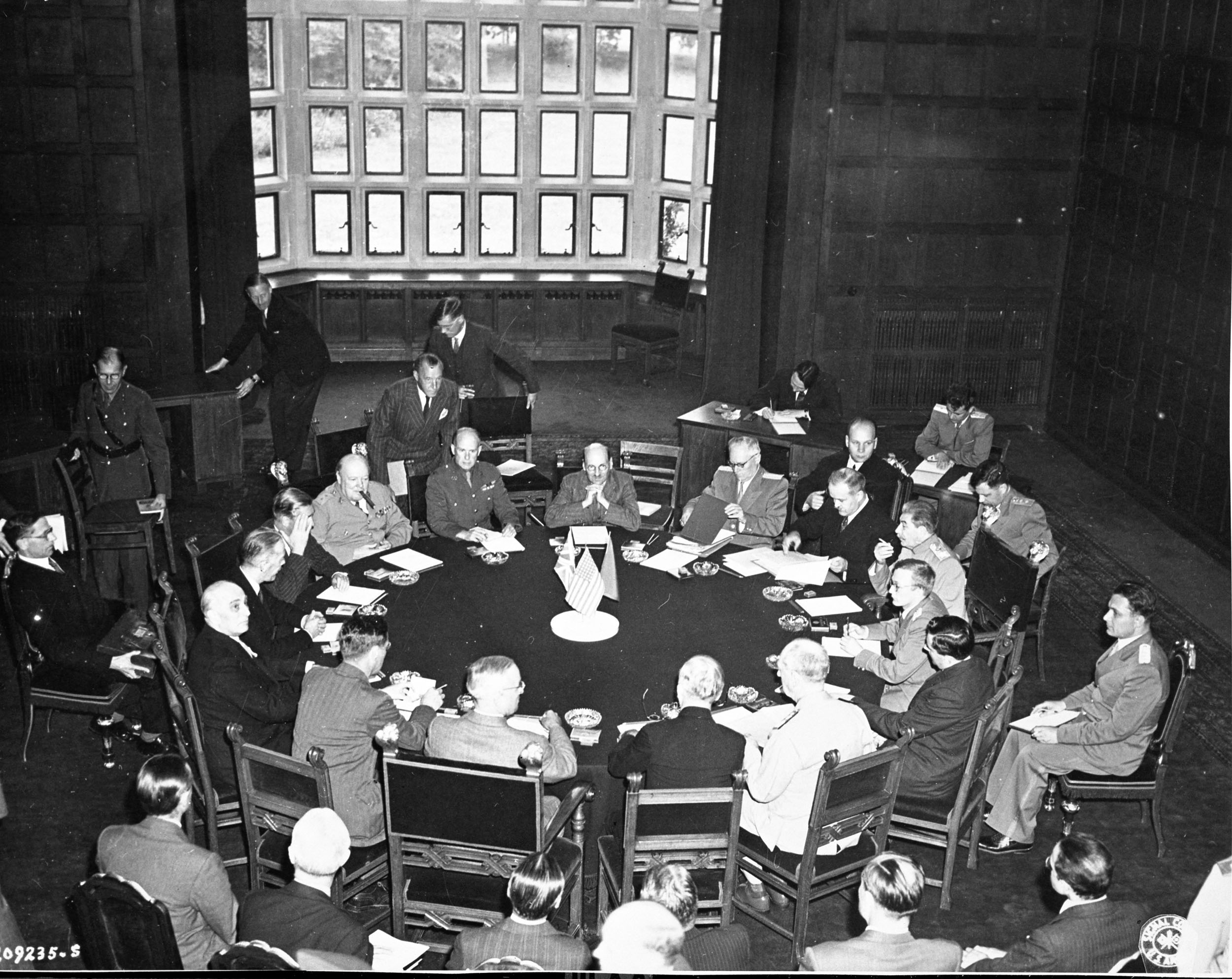
Potsdam Conference
July 25, 1945 Courtesy of Harry S. Truman Library
As development proceeded, the United States began exploring the use of the atomic bomb against Japan. After spring 1945, with Japan in an extremely weak position, the United States was considering the following options for bringing the long war to an end: invade the Japanese mainland in November 1945; ask the Soviet Union to join the war against Japan; persuade Japan to surrender by assuring continuation of the emperor system; or use the atomic bomb.
The United States believed that ending the war with an atomic bombing before the Soviet Union declared war on Japan would curb Soviet influence after the war, and justify the tremendous cost of development to the American people.
The Atomic Bombing of Hiroshima
The order to drop the atomic bomb
July 25, 1945 Courtesy of U.S. National Archives and Records Administration
The United States began studying targets for the atomic bomb in the spring of 1945. Potential target cities were required to have an urban area at least three miles in diameter (about 4.8 km). The list of candidate cities was shortened based on various factors, including topography that would increase blast damage. Air raids were prohibited in cities selected as potential A-bomb targets. On July 25, 1945, an order came down calling for the first atomic bomb to be dropped “after about 3 August” on one of the following cities: Hiroshima, Kokura, Niigata, or Nagasaki. Niigata was later ruled out, and on August 2, an order named Hiroshima the primary target, with the date to be August 6.
Discovery of Atomic Energy and World War II
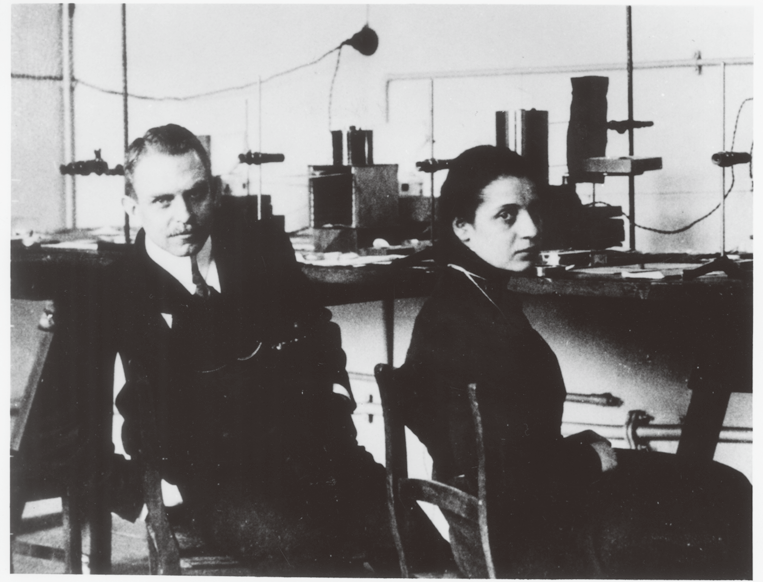
Otto Hahn (left) discovered nuclear fission, and Lise Meitner (right) explained it theoretically.
1908 Courtesy of Archives of the Max Planck Society, Berlin
In December 1938, the year before the start of World War II, German scientists discovered a phenomenon called nuclear fission. The countries involved in the war pumped every available resource into all-out warfare. Countless citizens were mobilized for the war effort, and many new weapons were developed. When scientists learned that fission chain reactions in uranium release vast amounts of energy, the search for an atomic bomb began, culminating in its use in combat.
Beginning the Atomic Bomb Project
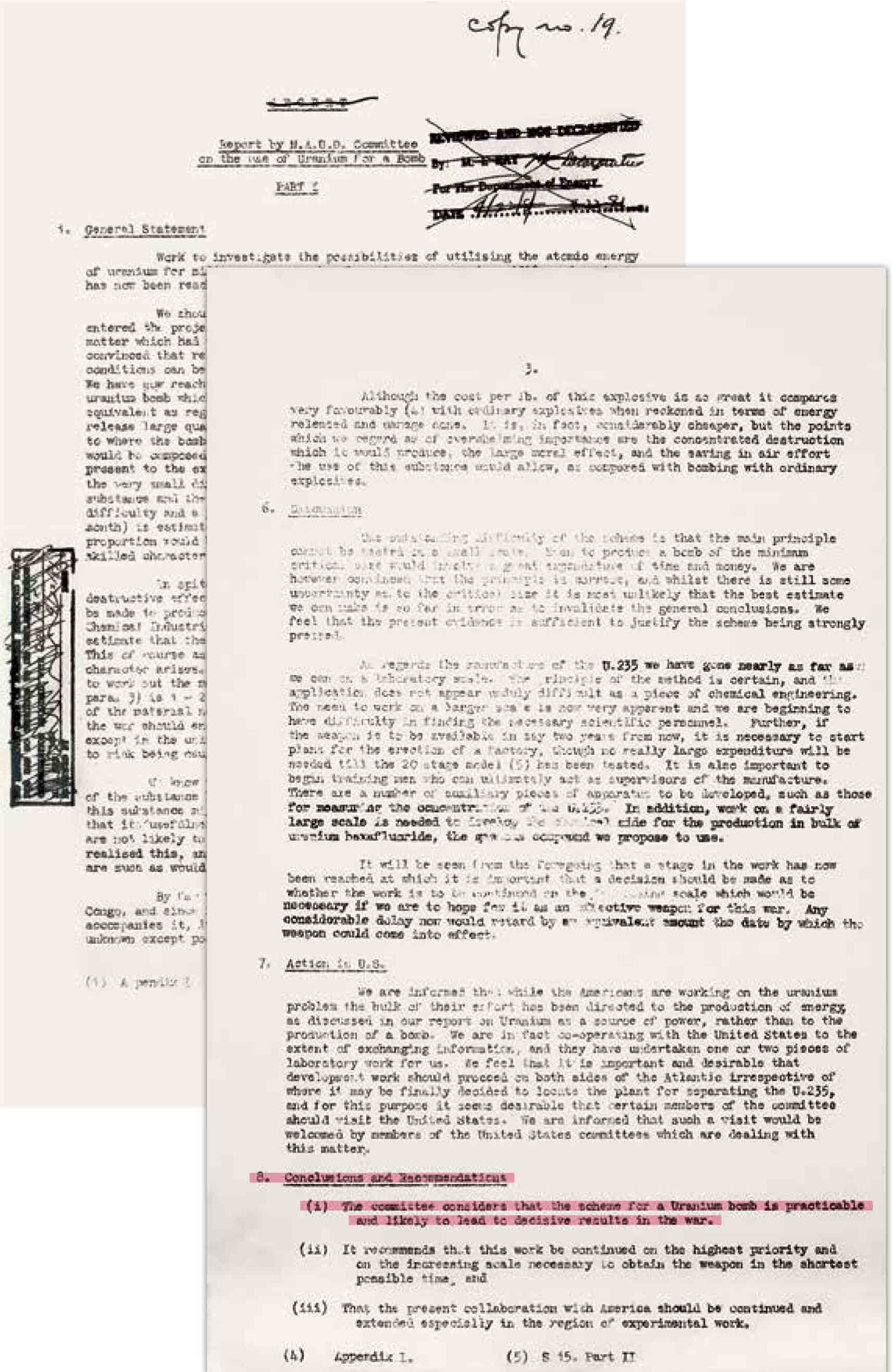
The MAUD Report
July 29, 1941 Courtesy of U.S. National Archives and Records Administration
The U.K. government established the MAUD Committee to study the possible military use of atomic energy. In July 1941, the committee reported that an atomic bomb was feasible. When this information was communicated to the United States, President Franklin Roosevelt approved development funding. That November, the U.S. National Academy of Sciences estimated that atomic bombs could be available within three or four years.
The United States then moved into full scale development.
Outbreak of the Pacific War
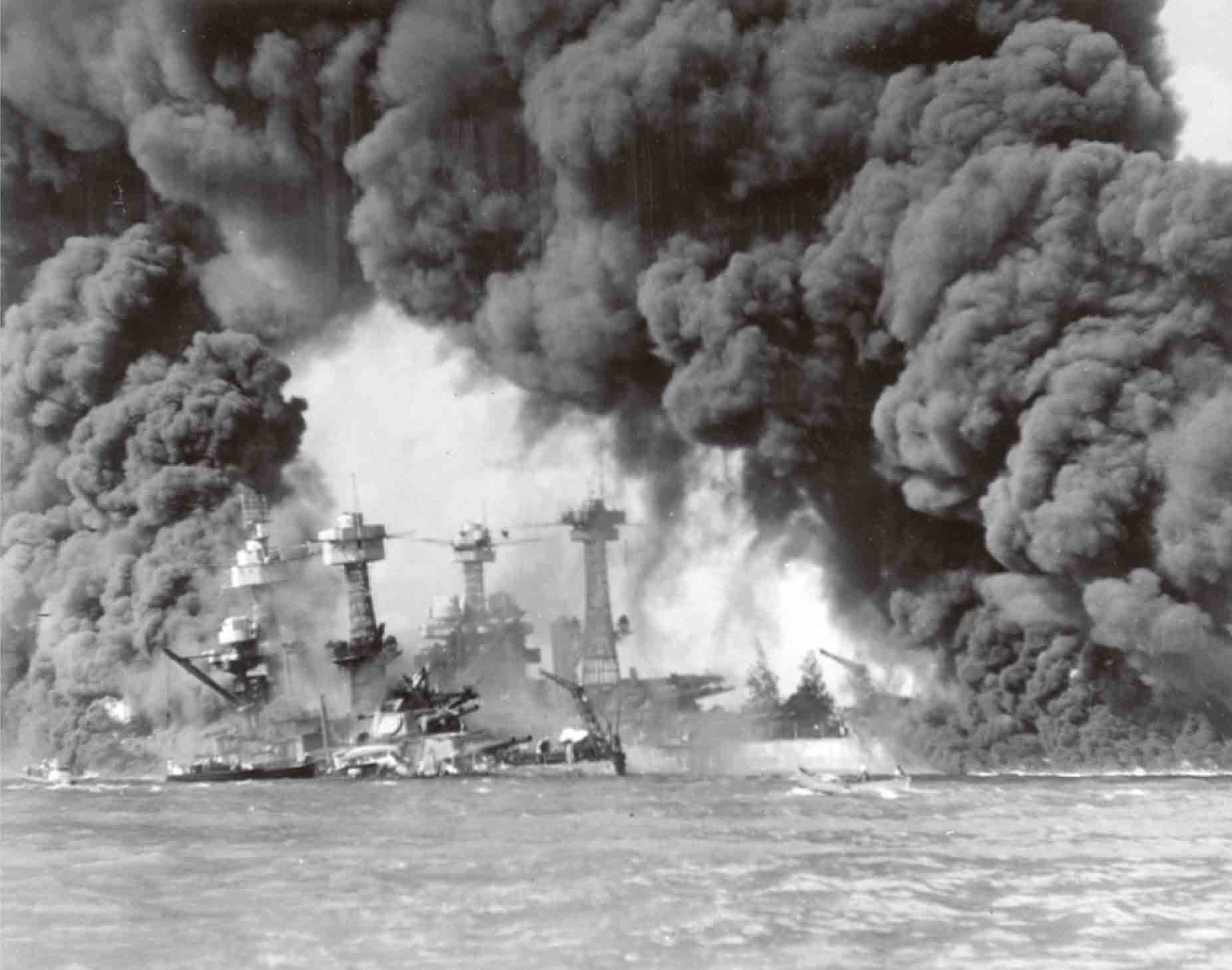
U.S. battleships ablaze in Pearl Harbor
December 7, 1941 (local time)
Courtesy of U.S. National Archives and Records Administration
In December 1941, the Pacific War began with the Japanese military landing on the Malay Peninsula and carrying out a surprise attack on the U.S. base at Pearl Harbor, Hawaii. Japan held the advantage during the initial stage of the war, but in June 1942, the tide began to turn.
Manhattan Project
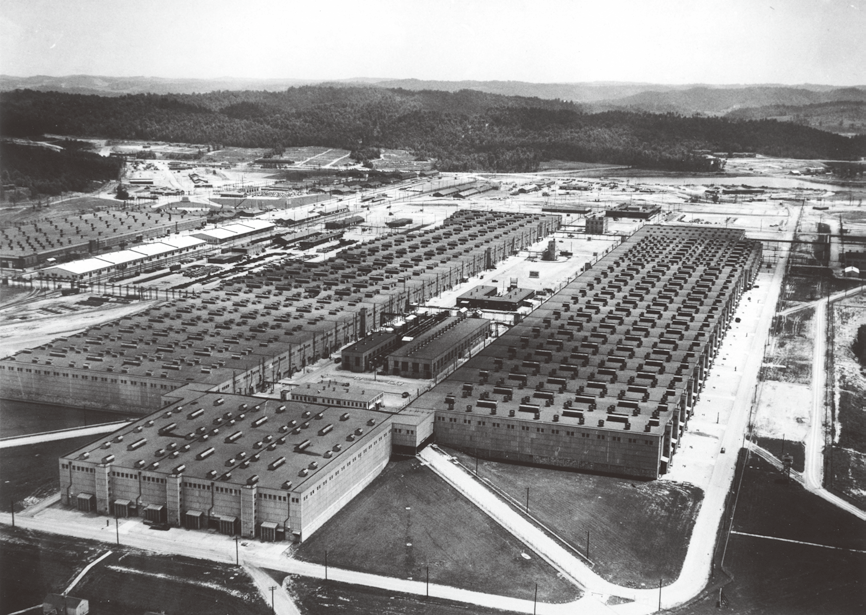
Uranium enrichment plant
Oak Ridge, Tennessee, U.S.
Courtesy of Pacific Press Service
A-bomb production facilities were built at 37 locations in the United States and Canada.
The highly-classified project to manufacture an atomic bomb began in June 1942. Led by the U.S. Army’s Manhattan Engineer District, it later came to be called the Manhattan Project.
The enrichment of uranium and production of plutonium required an enormous plants and cooperation from the private sector. The development of the atomic bomb was an immense military engineering enterprise that mobilized military, scientific, and industrial personnel nationwide. Completion of the atomic bomb took three years and $2 billion.
The Atomic Bombing of Hiroshima

The order to drop the atomic bomb
July 25, 1945 Courtesy of U.S. National Archives and Records Administration
The United States began studying targets for the atomic bomb in the spring of 1945. Potential target cities were required to have an urban area at least three miles in diameter (about 4.8 km). The list of candidate cities was shortened based on various factors, including topography that would increase blast damage. Air raids were prohibited in cities selected as potential A-bomb targets. On July 25, 1945, an order came down calling for the first atomic bomb to be dropped “after about 3 August” on one of the following cities: Hiroshima, Kokura, Niigata, or Nagasaki. Niigata was later ruled out, and on August 2, an order named Hiroshima the primary target, with the date to be August 6.
Evaluation of Targets
Summary of the second meeting of the Target Committee
May 12, 1945 Courtesy of U.S. National Archives and Records Administration
The Target Committee, comprising military personnel and scientists, evaluated potential targets from a military standpoint. At the first meeting on April 27, 1945, criteria for target selection were developed, and 17 areas were selected for further study. At the second meeting on May 11, 1945, after examining such issues as city size and topography that would magnify the effects of the blast, the committee shortened the list to four: Kyoto, Hiroshima, Yokohama, and Kokura. They also agreed that psychological effects against Japan were of great importance.
- Location
 East Building third floor 5 The Dangers of Nuclear Weapons
East Building third floor 5 The Dangers of Nuclear Weapons
5-1-3 The Atomic Bombing of Hiroshima
Dropping A-bomb Practice Bombs
To prepare to use the atomic bomb in combat, a special bomb unit was organized, and a series of training sessions was conducted in a desert in the United States. In 1945, the unit moved to Tinian, one of the Mariana Islands. For more realistic training and to help the bombardiers familiarize themselves with local geography, A-bomb practice bombs (called “pumpkins”) were dropped on Japanese cities.
- Location
 East Building third floor 5 The Dangers of Nuclear Weapons
East Building third floor 5 The Dangers of Nuclear Weapons
5-1-3 The Atomic Bombing of Hiroshima
Dropping the Atomic Bomb on Hiroshima
The order to drop the atomic bomb
July 25, 1945 Courtesy of U.S. National Archives and Records Administration
Before dawn on August 6, weather reconnaissance planes took off from Tinian Island for Hiroshima, Kokura and Nagasaki, followed later by three B-29s – the Enola Gay carrying the atomic bomb, a scientific observation plane, and a photography plane. Receiving the report that the sky over the primary target was clear, the Enola Gay headed for Hiroshima. At 8:15 AM on August 6, it dropped the atomic bomb, which exploded 600 meters above the Shima Hospital.

 East Building third floor 5 The Dangers of Nuclear Weapons
East Building third floor 5 The Dangers of Nuclear Weapons East Building third floor 5 The Dangers of Nuclear Weapons
East Building third floor 5 The Dangers of Nuclear Weapons